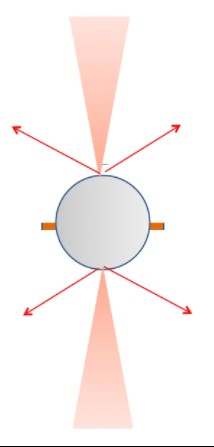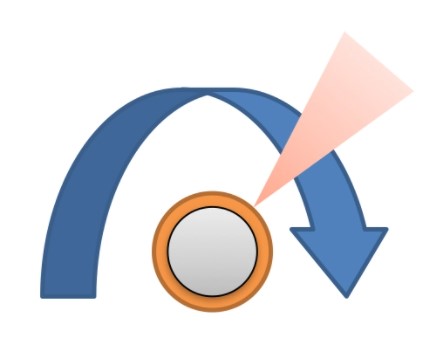Laser wire stripping has been around for 50 years, but it's still a niche market. The first CO2 lasers were developed in 1960, and IBM soon used them for wire stripping. The technology was promoted by NASA for use in the Space Shuttle program of the 1970s and 1980s. The Richard T. Miller Company began introducing commercial laser stripping devices to the consumer electronics market in the 1990s and 2000s. Along the way, crystals rather than gases are used to produce laser beams for special and specific applications.
The question of whether to use a laser stripper is similar to asking whether you should use a hammer or screwdriver. It really depends on the task at hand. Laser technology is not as versatile as blade technology. The blade has three basic functions. They are used to cut insulation, pull insulation, and cut wires. Lasers are beams of light that can cut insulation, but are not used to pull it down or cut wires (with a few exceptions). Due to cost and functionality, blades are usually the way to go. If there's a reason the blade isn't working, then it's time to look at the laser.
There are many things that make lasers attractive. The laser removes insulation but reflects metal conductors. This is a self-limiting technique and you don't have to worry about dialling in depth or damaging the wire. The laser doesn't care about the shape of the wire or the type of insulation. There are no consumables, and like blades, tough materials such as fiberglass can be easily peeled off. Lasers are also useful in very small conductor sizes, such as the size of a human hair. Or the insulation is bonded to the wire, otherwise a scraping or grinding process is required. The color of the insulation is not an issue because each polymer absorbs light and each metal reflects light. In short, lasers give you confidence that you can get the same results every time.The laser can be used to cut a slit in the insulation or to evaporate the material completely. The latter is usually not practical because it is time consuming and often leaves a residue on the insulation. This could be a crimping or solder joint problem. As mentioned earlier, adhesive insulation may need to be completely removed. Painted or polyamide-impregnated wires are widely used in motor stator assemblies and almost always require complete evaporation of the insulating paint.
Polymer insulated wire is most commonly threaded from above and below the wire, and is just strong enough to burn the 360° ring, allowing you to pull back the insulation layer

In some precise applications, the small amount of residue left in the process is a problem and requires lasers at different angles. Also, large wire gauge sizes may require different laser processes, but generally for wire less than 0.25 inches, two laser solutions work well.
The problem is how to shine light onto the parts, and there are usually three methods: plate lasers, rotating lasers, and galvanometer scanners. The simplest and most common is the plate (think document scanner), where you place the cable in the board or jig, and then place the jig into the machine. The machine has two lasers on the top and bottom that move across the XY plane to draw a series of lines to perform stripping.
The advantage of this method is that the beams point vertically up and down, and it is easy to keep them overlapping. These lasers can only be used for cutting or longitudinal cutting, not for removing large areas of material. In addition, on large diameter cables, a large residue may be left on the side where the laser beam diffuses and moves out of focus


For these large diameter wires, it is best to use a rotating laser because the optical element moves around the cable in a circular fashion. This orientation of the laser works for lines of any size, as long as they are circular.
The mirror is mounted on the galvanometer driver and directs the beam to the work area. Using mirrors, the beam can be moved very quickly to any Angle, and these can actually be used for drawing or marking. Galvanometer lasers are the most versatile in this regard and are perfect for your wires that unfold at different angles. The disadvantage is that the mirror must be relatively close to the port, thus limiting wire size and cutting area (usually 1-2 square inches).

